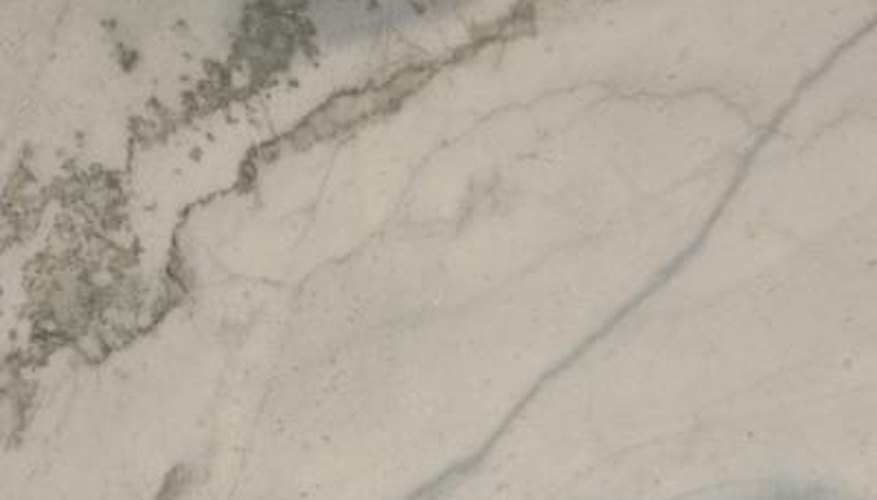An ancient symbol of power and wealth, jade has been valued by collectors for centuries. However, marble is often used as an inexpensive substitute for the more precious jade. When presented with a jade sample, it can be difficult to tell whether the stone at hand is truly jade or an incorrectly identified piece of marble. While buying from reputable vendors is an excellent safeguard against buying false jade, some knowledge and simple tests will make it easier to tell the difference between marble and jade.
- An ancient symbol of power and wealth, jade has been valued by collectors for centuries.
- While buying from reputable vendors is an excellent safeguard against buying false jade, some knowledge and simple tests will make it easier to tell the difference between marble and jade.
Conduct a scratch test to determine the hardness of your stone. Marble is much softer than true jade. Marbles ranks between a three and four on the Mohs scale, while jade rates between a six and seven on the same scale.
Scratch test kits can be purchased through amateur gemologist websites, though you can conduct one inexpensively with household materials. Scratch an inconspicuous section of your stone with the blade of a sharp knife. The Mohs hardness of a knife blade is 5.5, which will scratch marble and leave jade unmarked.
Drop a dot of lemon juice or vinegar on the stone in question. Marble is composed primarily of calcite, which will bubble and fizz when in contact with a dilute acid. Jade will be unaffected by contact with acids. The bubbles may be fairly small, so use a magnifying glass to examine the stone after you've added the acid to protect your eyes from contact with the acid.
- Scratch test kits can be purchased through amateur gemologist websites, though you can conduct one inexpensively with household materials.
- The bubbles may be fairly small, so use a magnifying glass to examine the stone after you've added the acid to protect your eyes from contact with the acid.
Hold your stone up to a bright light and examine it closely. Jade has a degree of transparency that marble lacks. Light will illuminate a true jade stone and show the veins and ribbons of mineral deposits that run through it. Marble, however, cannot be lit from behind. Thinner specimens may have a hazy glow, but the stone remains opaque.
- Hold your stone up to a bright light and examine it closely.
- Thinner specimens may have a hazy glow, but the stone remains opaque.
For additional certainty, expose the stone to ultraviolet light. The high calcite content of marble turns a bright fluorescent orange under ultraviolet light. Most jade will not glow at all, though some cheaper jades may give off a faint white glow.
Consult with a professional mineralogist in your area to get an accurate assessment of your stone. Many universities employ mineralogists in their earth sciences departments, and a search of the university's website may yield contact information for a nearby specialist.
"Rocks & Minerals" magazine provides an extensive online directory that provides contact information for many mineralogical societies that may be of assistance. The Mineralogical Society of America runs a moderated online forum where members of the public can ask questions and solicit opinions concerning the identity of various stones.
Some jewellers and gemologists have been trained to identify a wide variety of rocks and minerals and can be contacted for their professional opinion as well.
WARNING
Beware of any vendor offering "jade marble," as this is not actual jade. Jade marble is simply green marble stone.
